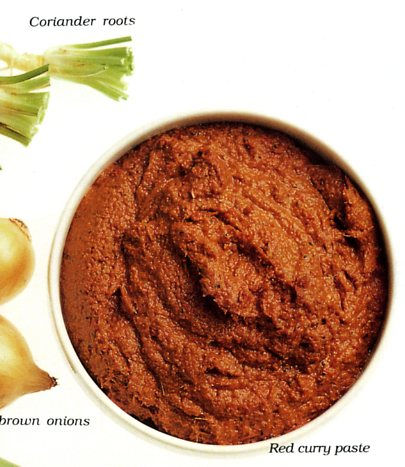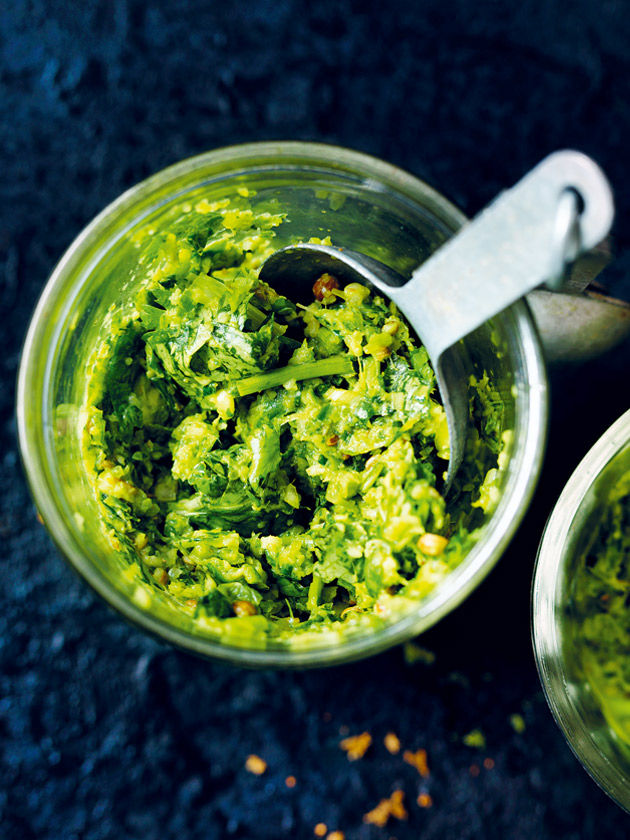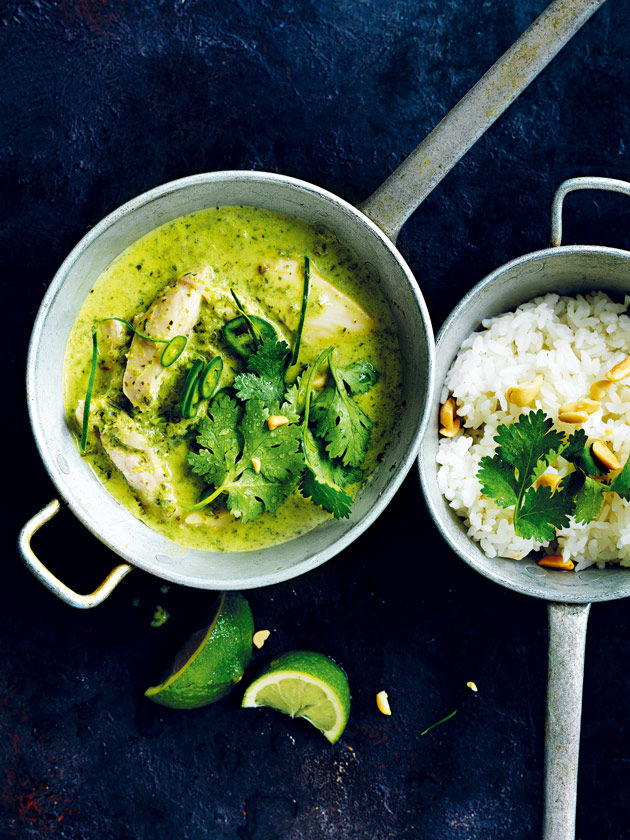A first recipe (part 2) - Thai curry pastes
- rosemarydearman1
- Jun 20, 2019
- 4 min read

"all the enthusiasm in the world doesn't ensure your busy schedule will allow you to start 'from scratch' each time. So I've arrived at ways to take the fuss and fiddle out of presenting a Thai meal. After all, there's no rule against making things easy." Charmaine Solomon

It is arguable which is the first recipe in my first recipe book (Charmaine Solomon's Thai Cookbook). Is it her double page spread on coconut milk? Yes, as she points out you can now buy coconut milk in cans. I remember when I first came across coconut milk in recipes you could not buy it, and she gave a good way of making some from desiccated coconut. Basically you poured boiling water over it and soaked it for a longer or shorter time depending on whether you wanted it thick or thin. Nowadays you don't need to do this, although she does repeat the instructions. However, in a slightly uncharacteristic digression she tells us that for certain desserts you really need to make coconut milk from scratch and there is a whole page telling you how. This involves breaking open a whole coconut and grating the flesh. Not easy, so I won't repeat it here. A true labour of love I think.
Do you count her recipes for the various curry pastes as the first recipes? Well yes you could - they are actual recipes after all, although you don't end up with a finished dish, just something extremely valuable to have in your fridge.
Yes you can now buy an amazing range of curry pastes in your local supermarket and when all else fails that's fine. But this book begins with a selection of curry pastes that you can make yourself. And you should try at least one or two of them. There are: Red and green curry pastes, Masaman curry paste, tom yum paste, panang curry paste and pepper and coriander paste. And throughout the book you will find recipes that require one or other of these pastes. And yes she does make some commercially and you can find them in some of the higher class food shops and supermarkets. But really it's not that hard to make your own.
Three of her Thai curry pastes - or versions thereof, can be found at Cooked.com - just click on the arrow at the bottom of the left-hand section of the page to get to the next one. Here you will find, red, green and masaman. They vary slightly from the versions I have in my book, but are basically the same. And if you want to experiment a bit you can go to Taste.com, where you will find lots of different recipes for curry pastes - including a red curry paste from Coles Magazine. Which just goes to show how mainstream these things are these days. I wonder what Thai housewives do? Do they make their own curry pastes? Do they add a different spice mix to each dish that they make? Or do they buy readymade curry pastes from their local supermarkets, village shops or markets?
I had a quick look at The Guardian as well and sure enough there is the reliable Felicity Cloake doing perfect Green Curry. In an interesting carry on from my remark about how it is now so mainstream that even Coles has a recipe for the paste, she remarks that:
"Green curry has not aged well on these damp and chilly shores. Like many of us, it's thickened a bit over the years, and lost its edge. No longer the zingy arriviste which first startled our jalfrezi-jaded taste buds with its arresting combination of sour, sweet, salt and heat, with typical British aplomb, we've Anglicised it into creamy, sugary comfort food." Felicity Cloake
Amongst her recommendations is a recipe from Nigel Slater:
"about 4 stalks of lemon grass, inside leaves only, chopped 6 medium-hot, small green chillies, seeded and chopped 3 cloves of garlic, peeled a thumb-sized piece of galangal or ginger, peeled and chopped 2 shallots, peeled and roughly chopped a good fistful of coriander leaves 5 or 6 lime leaves, chopped, or 1 tsp grated lime zest lime juice (use 1 to start with - you can always add more later) nam pla (Thai fish sauce) a good 1/2 tsp black peppercorns
Whizz the curry-paste ingredients in a food processor till you have a vivid, spicily fragrant slush."
Although later in the article she does seem to come down in favour of David Thompson, whom I spoke about yesterday, although she does admit that he has ingredients that are difficult to find, and that he insists on doing it all in a pestle and mortar. And no, I still haven't bought one of those. Waiting for Aldi to have it again.
An interesting discovery was that in England you cannot get Kaffir limes or leaves. They call them makrut in England and they cannot be imported for some reason. Now I would be amazed if you cannot get them here - in fact I'm pretty sure I have seen them in the Queen Vic Market, and you can certainly get the fresh leaves. So once again, aren't we lucky here in Oz?

So have a go at making your own curry pastes. These days with food processors, Chinese markets and food stores and even supermarkets that stock just about everything you could need, it's no big deal. There are recipes everywhere. We just owe it to David Thompson for beginning the craze and to Charmaine Solomon, The Australian Women's Weekly and just about everybody else for making it approachable and doable at home.
"The best green curry pastes take no prisoners. They should be made by hand, with more chilli, lemongrass and shrimp paste than you think strictly wise, and cooked carefully – then you'll remember why you fell in love with Thai food in the first place." Felicity Cloake

And if you do you could end up with something as delectable looking as this.
Donna Hay of course.
Or is the first recipe really the first recipe for an actual dish? Next time.












Comments